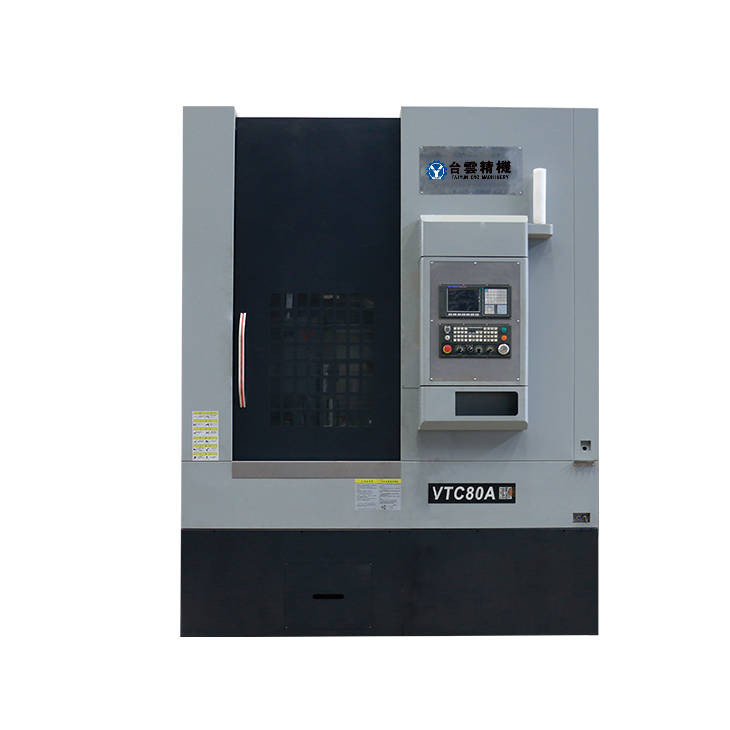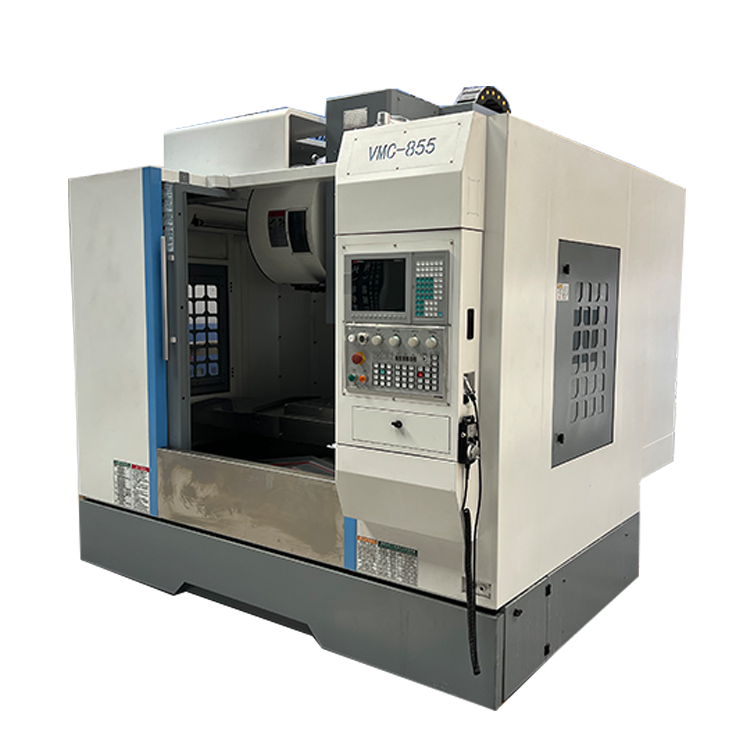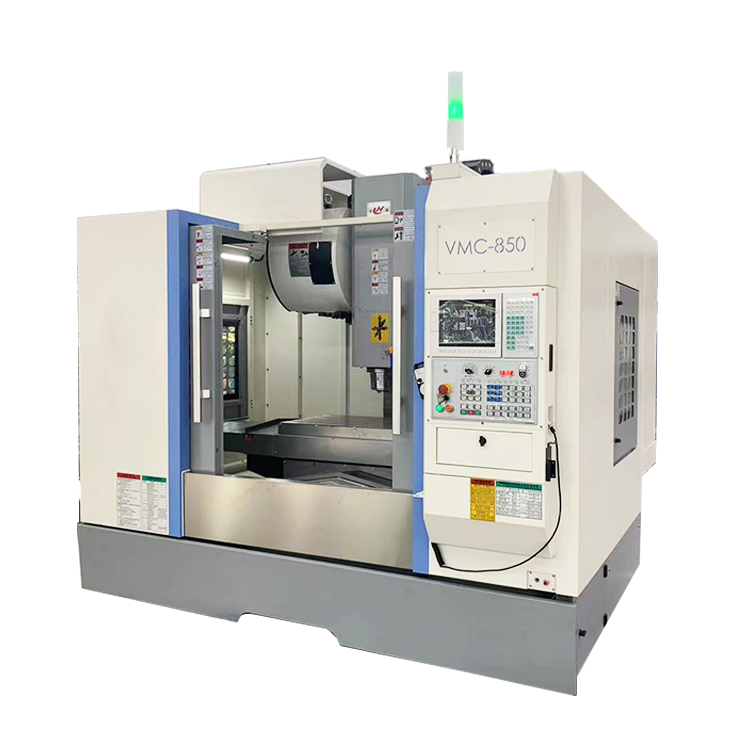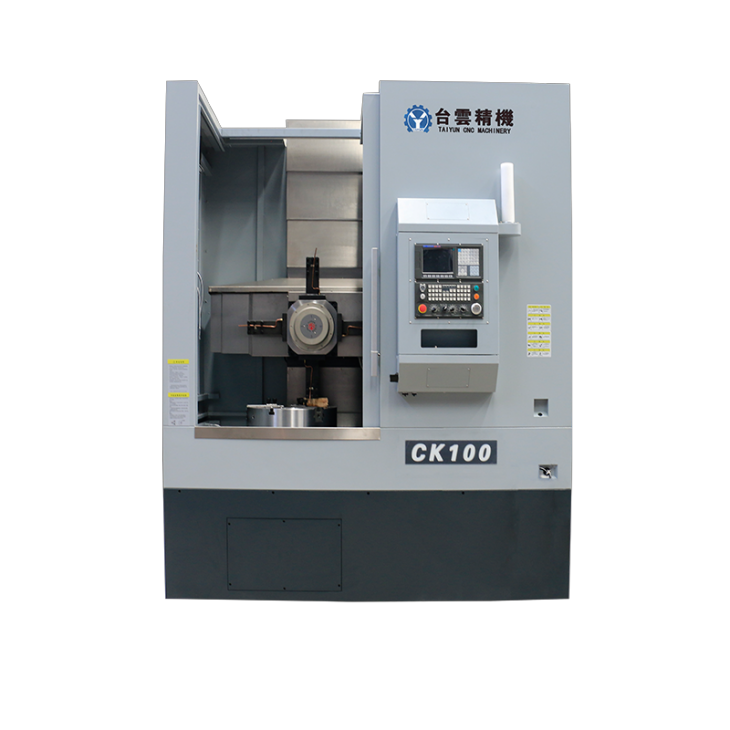- Recommended news
-
System composition of CNC horizontal machining center
2024-06-18
-
A method to solve the problem of spindle shaking in CNC lathes
2024-06-15
-
In which industry is the most widely used CNC vertical lathe?
2024-06-04
-
How to clamp the workpiece on a CNC vertical lathe?
2024-05-29
-
CNC milling machine machining center commonly used accessories
2024-05-25
-
Steps for adjusting the turret of a CNC vertical lathe
2024-05-22
Small and CNC Vertical Lathe
The difference between small CNC vertical lathes and ordinary lathes is that the spindle is perpendicular to the working table, which is equivalent to the ordinary lathes standing vertically....
The difference between small CNC vertical lathes and ordinary lathes is that the spindle is perpendicular to the working table, which is equivalent to the ordinary lathes standing vertically. This design makes the vertical lathe suitable for machining heavy parts with large diameters and short lengths. In contrast, the spindle of an ordinary lathe is horizontal.
Vertical lathe is not only suitable for processing heavy parts, but also widely used for processing large and complex large and heavy workpieces with large radial size and relatively small axial size. For example, the cylindrical surface, end face, conical surface, cylindrical hole, conical hole and so on of various disks, wheels and sets of workpieces. In addition, the vertical lathe can also be processed by additional installation of screw stops, ball surfaces, copying, milling and grinding.
Compared with ordinary lathes, vertical CNC lathes have a longer working accuracy. Through the application of numerical control technology, it can control the processing process more accurately, improve production efficiency and product quality.
The biggest difference between small CNC vertical lathes and ordinary lathes is the direction of the spindle. Vertical lathes have a spindle perpendicular to the work surface and are suitable for machining heavy parts with large diameters and short lengths as well as large and heavy workpieces.
| Model | TCK50 | TCK50P | TCK50D |
| Maximum turning diameter of bed (mm) | 500 | 500 | 500 |
| Maximum cutting length (mm) | 500 | 500 | 500 |
| Maximum cutting diameter (mm) | 360 | 500 | 180 |
| Spindle end form and code | A2-6 | A2-6 | A2-6 |
| Spindle hole diameter (mm) | 65 | 65 | 65 |
| Spindle speed range | 50~4500/177 | 50~4500/177 | 50~4500 |
| X-axis travel (mm) | 200 | 280 | 200 |
| Z-axis travel (mm) | 550 | 550 | 550 |
| Tailstock travel (mm) | 450 | 450 | 450 |
| Spindle speed series (r/min) | — | — | Infinitely variable transmission |
| X/Z rapid movement (m/min) | 30/30 | 30/30 | 30/30 |
| Machine weight (Kg) | 3600 | 3600 | 3800 |
| Model | TCK50G | TCK56-500 | TCK56-1000 | TCK63-1500 |
| Maximum turning diameter of bed (mm) | 500 | 560 | 560 | 720 |
| Maximum cutting length (mm) | 500 | 500 | 1000 | 1500 |
| Maximum cutting diameter (mm) | 360 | 350 | 350 | 620 |
| Spindle end form and code | A2-6 | A2-6 | A2-6 | A2-8 |
| Spindle hole diameter (mm) | 65 | 65 | 65 | 80 |
| Spindle speed range | 50~4500/143 | 50~4500/177 | 50~4500/177 | 50~3500/145 |
| X-axis travel (mm) | 200 | 200 | 200 | 420 |
| Z-axis travel (mm) | 550 | 560 | 1050 | 1550 |
| Tailstock travel (mm) | 450 | 450 | 900 | 1650 |
| Spindle speed series (r/min) | — | — | — | — |
| X/Z rapid movement (m/min) | 30/30 | 30/30 | 30/30 | 12/16 |
| Machine weight (Kg) | 3600 | 3600 | 4500 | 5000 |

 English
English 日本語
日本語 한국어
한국어 Россия
Россия  Français
Français España
España عرب .
عرب .  Português
Português Deutsch
Deutsch भारत
भारत Нидерланды
Нидерланды











